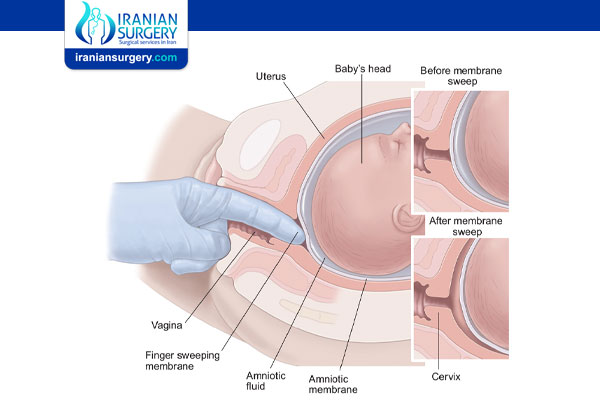Labor Induction
Labor Induction
What is Labor Induction?
Labor induction is the process of artificially starting labor to deliver a baby. Sometimes healthcare providers induce labor to speed up the process of childbirth. Several methods may induce labor, including medications and rupturing the amniotic membrane (the innermost layer of your placenta).
Why is labor induction done?
The main reason healthcare providers induce labor is to protect the health of the baby and mother. Take time to talk to your healthcare provider if an induction is suggested.
Your healthcare provider may recommend labor induction if:
. You are a week or more past your baby’s expected due date
. Your health or your baby’s health is at risk
. Your amniotic sac breaks, but uterine contractions do not begin
Who may need labor induction?
If you have certain medical conditions, like diabetes or high blood pressure, labor induction might help lower the risk of complications for you and your baby. Your healthcare provider may recommend labor induction if you have a past history of stillbirth. Inducing labor could help protect your baby’s health and prevent another stillbirth.
What are the risks of labor induction?
Inducing labor can have some risks. The risks depend on the method your healthcare provider chooses.
Some methods, such as receiving too much oxytocin too quickly, may overstimulate your uterus. This overstimulation can cause your uterus to contract too frequently. Too-frequent contractions may lead to complications, including problems with the umbilical cord and the baby’s heart rate.
Other possible risks of labor induction include:
. Infection
. Uterine rupture
. Increased risk of cesarean birth
. Death of the fetus
It is possible that inducing labor will not work for you. If this happens, you will be more likely to have a cesarean section (C-section) delivery.
Procedure Details
How is labor induction done?
Healthcare providers may recommend one or more of several methods for inducing labor:
. Amniotomy: During this procedure, your healthcare provider inserts a small plastic probe through your cervix to break the membranes of your amniotic sac. The amniotic sac contains the fluid surrounding your baby. Rupturing these membranes usually begins labor quickly because the cushion of fluid between your cervix and the baby is reduced.
. Stripping the membranes: Your healthcare provider passes a gloved finger over the membranes connecting your amniotic sac to your uterus. The action releases certain natural chemicals, called prostaglandins. These chemicals soften (open) your cervix and help contractions begin.
. Medications: Certain medications help your cervix soften and contractions begin. These medications include oxytocin (Pitocin®) and man-made prostaglandins, which are substances that act like hormones in the body.
. Mechanical methods: These methods to help promote cervical ripening include the use of balloon catheters.
Source:
. https://my.clevelandclinic.org/health/treatments/17698-labor-induction


